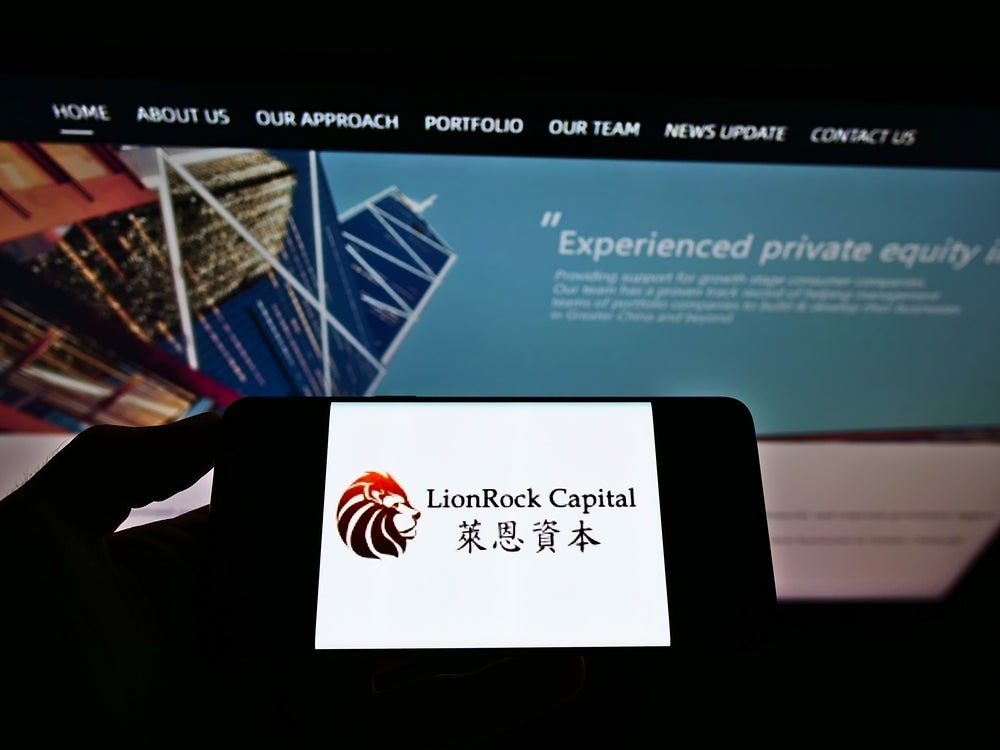
Haglöfs AB “fits seamlessly” into LionRock Capital’s portfolio and is evidence of its commitment to acquiring “well-understood heritage brands with best-in-class products,” said the private equity firm’s founding partner Daniel Tseung.
Tseung reiterated that LionRock Capital hopes the transaction which was finalised today (18 December) will expedite Haglöfs AB’s growth in the European market and beyond.

Discover B2B Marketing That Performs
Combine business intelligence and editorial excellence to reach engaged professionals across 36 leading media platforms.
Tom Pitts, LionRock’s head of Europe, emphasised the alignment of values between LionRock and Haglöfs and said: “Haglöfs shares our commitment to sustainability and is embodied by its passion for the environment and the natural world and to tackling the climate issues we face.”
Pitts highlighted the brand’s commitment to producing long-lasting quality products and shaping its entire business approach with a focus on future generations.
Founded in 1914 by Wiktor Haglöf, Haglöfs has carved its niche as a designer, developer, and marketer of clothing, footwear, and hardware products, distributed across 28 countries.
The headquarters of the brand, synonymous with quality and innovation, is based in Bromma, Sweden, and has been a wholly owned subsidiary of ASICS since 2010.

US Tariffs are shifting - will you react or anticipate?
Don’t let policy changes catch you off guard. Stay proactive with real-time data and expert analysis.
By GlobalDataFredrik Ohlsson, CEO of Haglöfs added: “ASICS has been a supportive and actively involved partner, providing invaluable assistance throughout our journey together.”
Clarks at the time said the cash boost would enable it to position the business for future long-term sustainable growth and deliver its strategy to revitalise the iconic footwear brand as it entered its third century in line with its ‘Made to Last’ strategy.





